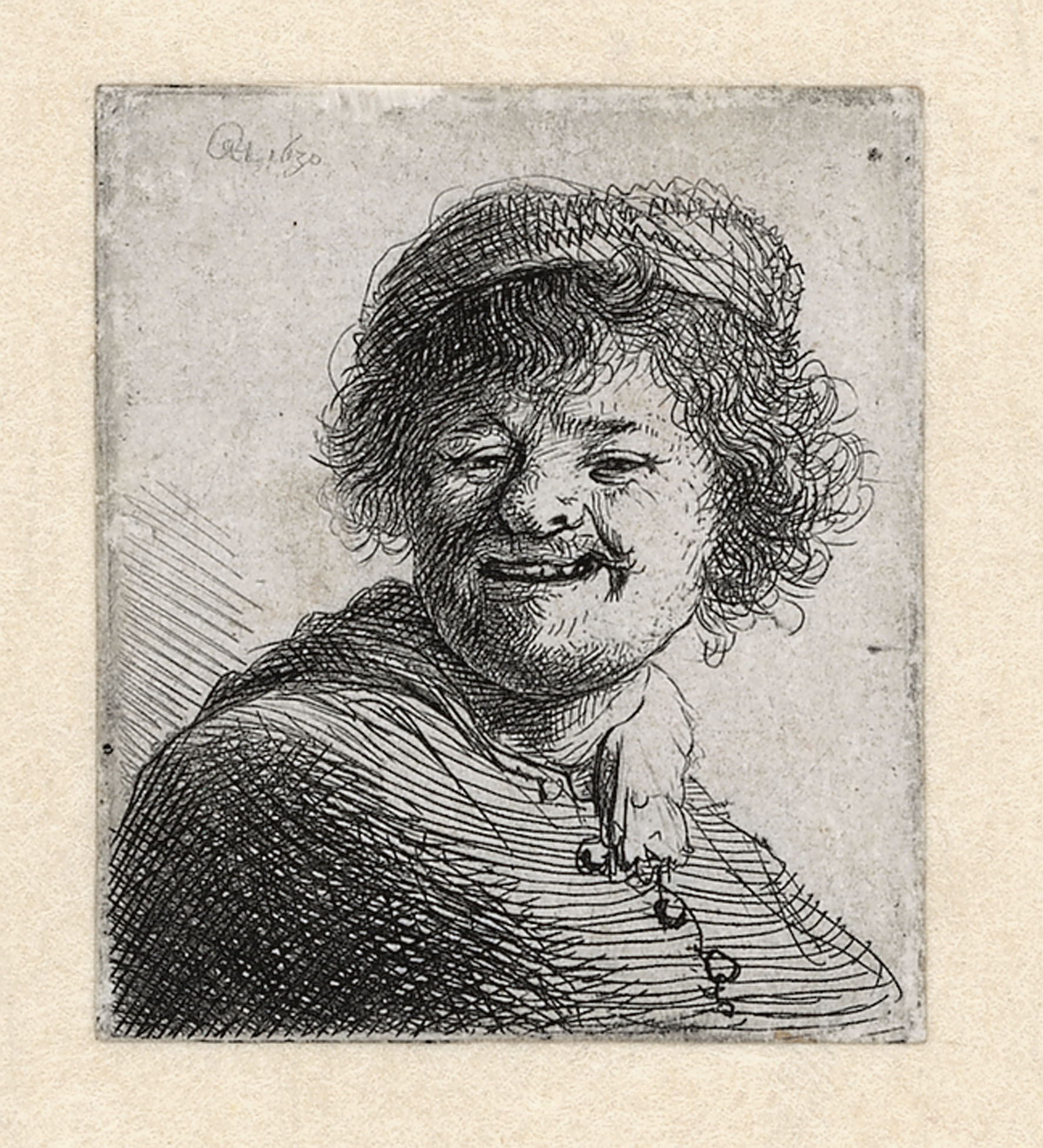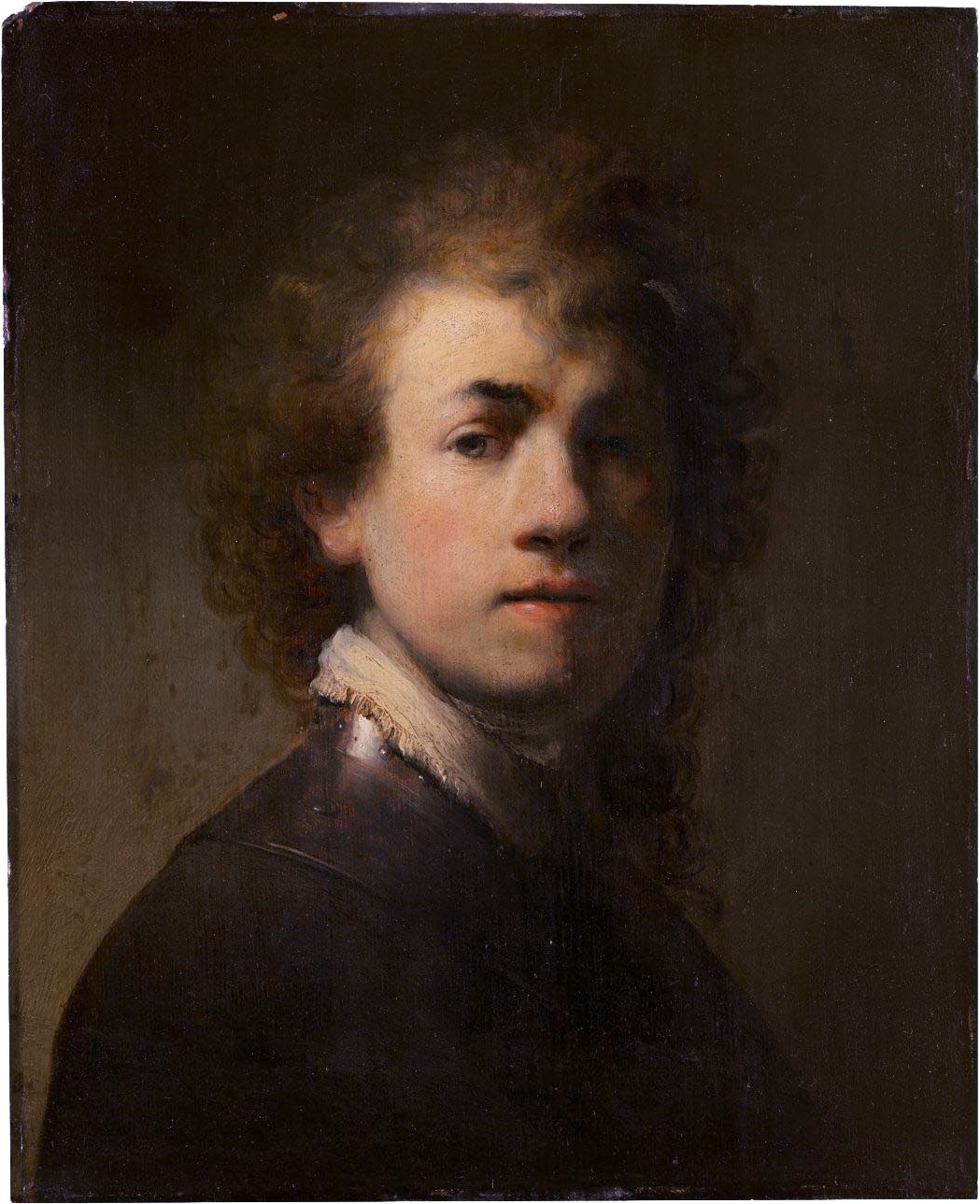Today we start our new monthly partnership with The Rembrandt House Museum :) We will present some of his famous self-portraits, be ready!
In addition to his extensive oeuvre of paintings and drawings, Rembrandt van Rijn also produced around 290 prints. His mastery in this field is undisputed; he is generally acknowledged as one of the great etchers- if not the greatest- of all time. Rembrandt acquired a European reputation in his own lifetime precisely because of his graphic work, which, because it could be reproduced, was much more widely known than his paintings or drawings.
Rembrandt’s free use of line, the unique deep black of many of his etchings and his masterly use of the drypoint were very popular and his work was much sought after by the many print collectors of the time. Etching was not a sideline where Rembrandt was concerned. His prints cannot be regarded as inferior by-products of his paintings, which nowadays are much more famous. Rembrandt took his graphic art very seriously for almost the whole of his working life – during the early years as a young artist in Leiden, the town where he was born, and while he was in his prime as a successful master in Amsterdam. It was not until he was approaching the end of his life that he gradually gave up etching.
The Rembrandt House Museum owns an almost complete collection of Rembrandt’s world-famous etchings.
Rembrandt is unparalleled as a maker of self-portraits: the painted works continue to the end of his life but the etchings – with one or two exceptions – cease in about 1640. A great many of these self-portraits were made between 1628 and 1630, when Rembrandt was living and working in Leiden. All of them are small and show only the head or at most a bust. Sitting in front of the mirror Rembrandt would experiment in recording a variety of facial expressions on the plate. He would use studies like these as exercises for the figures that were to express particular emotions in larger compositions. He also used the etchings to study the play of light on his face. Most of the prints are signed with the monogram RHL (Rembrandus Hermanni Leidenses) which he used up to about 1632. After that, he generally signed his name in full: Rembrandt.
We need your help. If you like our stories please help us and donate. In the link you will find more info about DailyArt Team and our work. Thank you :)
Zuzanna & The Team


 Rembrandt van Rijn
Rembrandt van Rijn